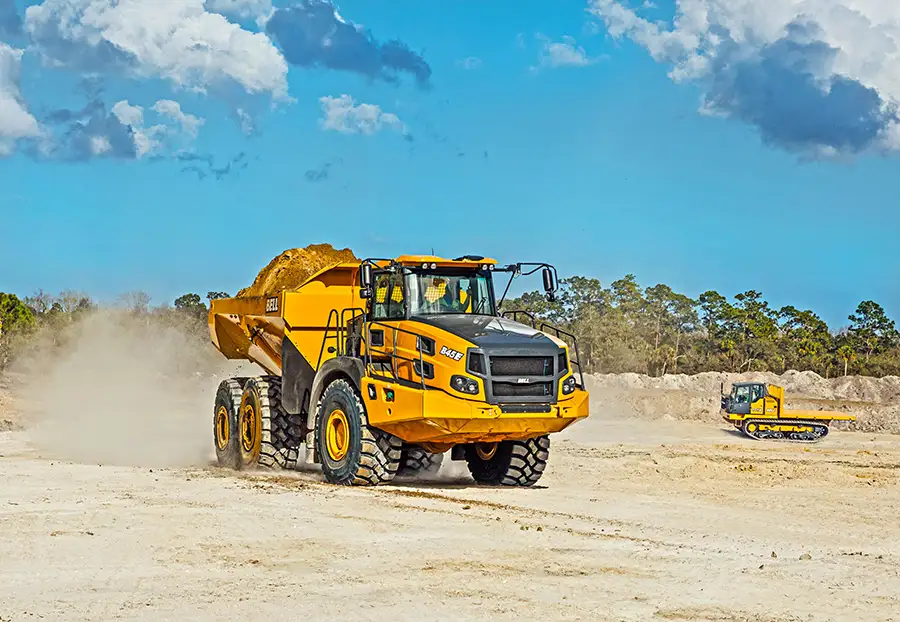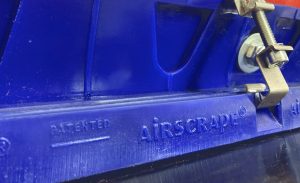That off-highway and articulated trucks are the most popular hauling systems in quarry operations is no overstatement. Gary Martin, senior market professional, Heavy Construction & Quarrying Industries, Caterpillar, says the application and the ground conditions determine which system should be used. Articulated trucks, says Martin, are ideally suited for overburden tasks and are popular in sand and gravel operations.
“Overburden is often wet, loamy material with poor underfoot conditions. With permanent 6×6, Cat articulated dump trucks (ADTs) excel in these conditions. With a nimble turning circle and superior climbing ability, the Cat articulated trucks are a great choice in such an application,” says Martin.
According to Jeremiah Mokhomo, ADT product manager at Bell Equipment, ADTs excel on rough, uneven terrain found in quarries because of their high ground clearance, excellent manoeuvrability thanks to the articulated frame, and their powerful engines. They can handle steep inclines, tight turns and loose surfaces better than many other trucks.
“ADTs are built to withstand harsh quarrying environments with features such as robust frames, heavy-duty axles and strong suspension systems. During the rainy season, when the roads become sticky, rigid trucks may struggle, while ADTs continue to work,” says Mokhomo.
This, he adds, translates into a dependable operation with minimal downtime. In addition, ADTs can handle a wide range of materials, from crushed rock and gravel to sand and clay, due to their strong dump beds and ability to adjust bed angles for proper unloading.
Commenting on the importance of maximising hauling efficiency on quarry sites, Mokhomo says hauling accounts for approximately 25% of total operating costs. It is therefore important to find ways to optimise hauling efficiency in order for quarries to maximise profitability.
Mokhomo says efficient trucks consume less fuel, while optimised routes and improved loading/unloading practices reduce wear and tear, leading to overall cost savings and reduced environmental impact. Lower fuel consumption due to efficient hauling translates into lower emissions and ultimately a reduced ecological footprint, which is becoming increasingly important in the industry.
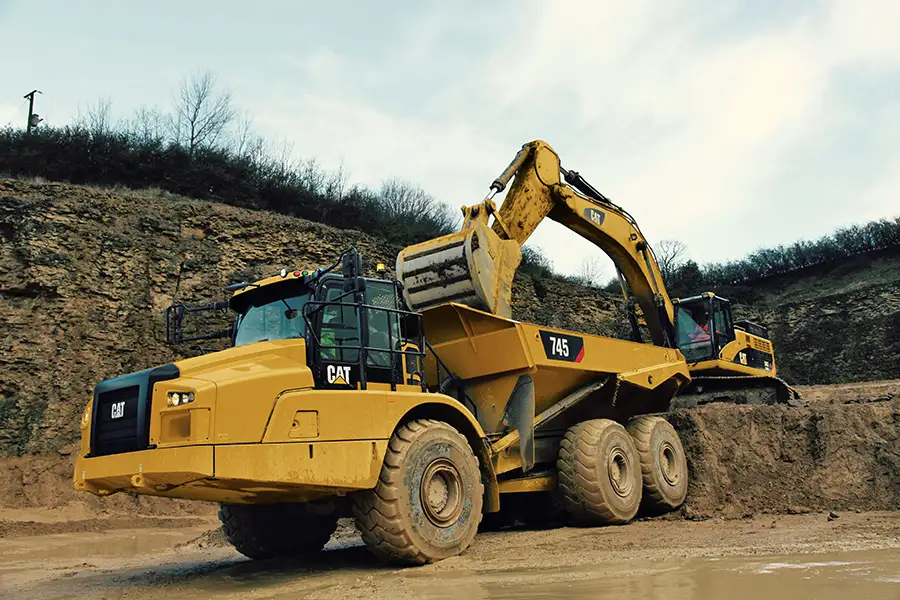
Factors to consider
There are several factors to consider in the quest to increase hauling efficiency. “Firstly, it is important to determine the appropriate ADT size and type by considering the typical haul routes, terrain characteristics and materials to be handled,” stresses Mokhomo. “When deciding on the best fleet mix, consider payload capacity, ground clearance, manoeuvrability and engine power. Match the number of ADTs to production goals, ensuring there are enough trucks to keep loaders and crushers running at full capacity without bottlenecks.”
The same view is shared by Martin, who says that not sizing the right truck to the required production level can be costly. If the hauling fleet is too large, there is a big risk of excessive idling as trucks line up to dump at the crusher if the hauling frequency is too high and does not match the crusher’s capacity.
“Depending on application, the height and width of the hauling unit may be a key consideration. For example, if there is side spillage at the crusher, the area needs to be cleaned frequently, adding extra equipment and manpower and increasing the time spent at the crusher,” says Martin.
Haul road design and maintenance are critical to enable efficient hauling in quarry operations, stresses Martin. The maintenance of haul roads is a key factor in reducing hauling costs and increasing efficiency. Ideally, haul roads should be at least three times the width of the largest hauling unit on site.
“Haul roads should be built with adequate drainage to allow for water to flow freely across the surface to avoid flooding and ensure super elevated corners to allow the truck to maintain its speed along its haul,” says Martin. “Continuous or gradual changes in grades allow trucks to upshift smoothly without operator input. Haul road maintenance is critical to manage and reduce rolling resistance. Less rolling resistance translates into higher speeds, increased productivity, less effort, less fuel and longer tyre life.”
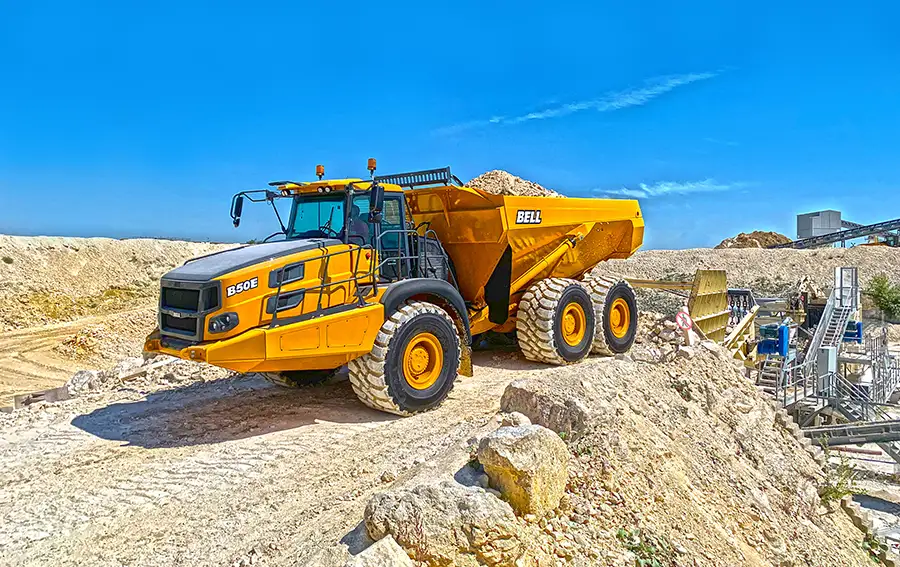
Bell offering
To help quarrying customers maximise hauling efficiency, the Bell ADT range is powered by Mercedes-Benz engines that have been optimised to deliver high power and low fuel consumption, while operating at optimal runs per minute (RPM) for maximum efficiency.
FuelSense 2.0’s intelligent shifting technology reduces fuel consumption by 6% compared to previous versions, while maximising performance. The weight-saving design of Bell ADTs means no fuel is wasted on unnecessary metals. The machines are designed to operate efficiently while maximising payload capacity.
“Automated performance features such as i-Tip and speed control shorten cycle times, allowing operators to focus on productivity rather than manual tasks, while on-board weighing ensures consistent precision on target loads,” says Mokhomo.
Bell offers Comfort Ride Suspension, an adaptive suspension system that provides better stability and comfort when driving over rough terrain. Improved comfort leads to higher ground speed and improved productivity.
Bell ADTs are now equipped with a range of safety features, including cameras, and the ability to integrate with proximity detection systems (PDS) and collision avoidance systems (CAS), which help to improve visibility and prevent accidents. Bell ADTs also come with on-board weighing and angle sensors which help in refining the downhill descent system, Hill Assist as well as Safe Tipping.

Fleetm@tic® technology allows fleet owners to track truck location, speed, fuel consumption and maintenance schedules in real time to improve utilisation, identify inefficiencies and schedule preventive maintenance.
“Real-time tracking and monitoring, as well as fleet management software, help our customers optimise truck movements and reduce waste. Bell trucks come standard with Fleetm@tic® for the first two years, allowing customers to measure machine productivity, utilisation and even plan preventative maintenance,” says Mokhomo.
Bell also offers an option of 4×4 ADTs for quarrying; these trucks have less tyre scuffing, which can translate into huge savings for the operation and less environmental impact. The 4×4 has a smaller turning circle, making it manoeuvrable when working in tight spaces.
Bell recognises a shift towards environmentally friendly machines and is investigating various options for driving low- to zero-carbon operations across our product line. “We recognise the gravity of the situation and are committed to exploring all options to pave the way for a more sustainable future. Our unwavering goal is to exceed our customers’ expectations by creating environmentally responsible ADT solutions with long-term environmental benefits,” says Mokhomo.
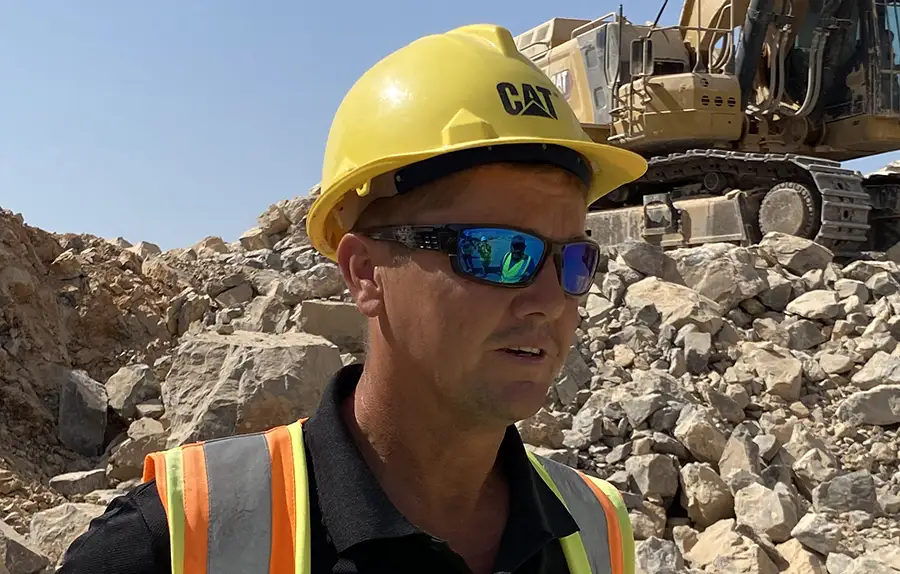
Enter Cat
Cat ADTs are equipped with automatic features, such as auto traction control, hoist and retarder, amongst others. These features assist novice operators to be more efficient. Auto wait brake reduces operator input while waiting for the truck to be loaded. Stability Assist alerts the operator when approaching unsafe working conditions. As an example, unless road conditions dictate a lower gear, the Cat 745 starts in fourth gear to eliminate unnecessary shifting.
“In the case of a haul road that is not well maintained, a Cat ADT with its automatic features and two-piece hitch ensures permanent six-wheel ground contact to navigate challenging terrain. When handling abrasive and hard rock, brunel 450 steel liners can be added to extend the life of the ADT body. A tailgate can also be added to the articulated truck’s body to aid material retention when working on steep inclines or when carrying soft, loose or wet material,” concludes Martin.
